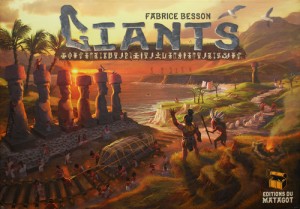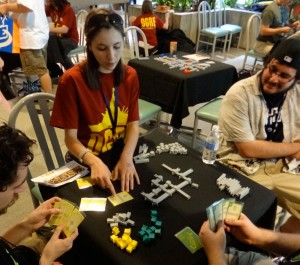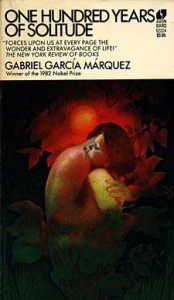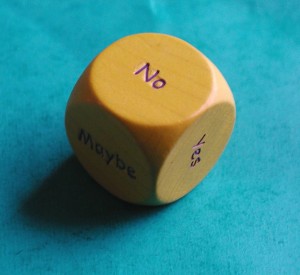
Wreck it Ralph Pixel Pic
First off: see Wreck-it Ralph for its short film, Paperman. It is worth the admission price alone.
The first question about Wreck-It Ralph is this: Does it make full use of its video game conceit?
Yes and no. The writers clearly understand classic video games, and constructed a sensible shared world. I felt like I could write fanfic there.
The voice actors all perfectly fit their roles, which is a major feat considering the wide range of genres and character archetypes used.
The first half effectively–if slowly–established the film’s main problems. Ralph is a simple-minded game antagonist, who wants to do something heroic. He is certainly capable of heroism, but he’s a blundering fool (in the classic sense of that term). That’s his programming.
Unfortunately, Ralph then gets stuck in the game Sugar Rush.
I love the concept of Sugar Rush. It’s perfectly realized, particularly in its Japanese import feel. I particularly enjoyed the one boy racer with a perpetual smirk and raised eyebrow. And Sarah Silverman’s character, Vanellope, felt cute and hyper without ever setting my teeth on edge.
I just didn’t understand why I had to spend 45 minutes in Sugar Rush. Wreck-It Ralph is a movie about crossing over between games and genres, and I felt stuck in a Shrek fairy land. Even all the characters from other games were stuck there.
To be fair, every new game world meant new character models, new environments, and more importantly, a solid amount of research into the feel of that game world. It meant added expense, and potential added confusion as the viewer jumped from genre to genre. There’s a reason Toy Story takes place mostly in one bedroom.
Sugar Rush just felt too simple. Arcade worlds are simple; they’re meant to be.
I think this is a flaw in the Pixar story approach. (Yes, I know this is a Disney Animation film. Nevertheless, Pixar’s people are all over it, and its story was clearly focused through the Pixar lens.) The writers focus so much on clean, comprehensible story that everything else suffers. I want a sensible story. I don’t need an ideal one. The story of Tron jumps all over the place, and I adore the film for its visual beauty, its acting, and its world.
I do want to give the writers props for a crucial moment in the film, in which two characters are psychologically destroyed by one character’s actions. The viewer sees the emotional damage in full view. It’s heart-breaking, as it should be.
Unfortunately, this is all part of the standard Pixar plot line. Two friends must split at some point in a Pixar movie. It’s silly.
Worse, the animation felt uninspired. It was effective without leaving any memory. Indeed, the animation in Paperman will stick with me for far longer.
That said, I enjoyed Wreck-It Ralph. The story bounces along at a healthy speed, the characters are all easy to grasp, video games are cleverly referenced, and there’s a big Iron Giant reference at the end. I was also astonished at the AKB48 song in the end credits.
For all that, it’s executing its formula, for better or worse.








!['Come sit beside me [grain]' by spaceshoe on Flickr 'Come sit beside me [grain]' by spaceshoe on Flickr](http://blog.brentnewhall.com/wp-content/uploads/2012/11/5056994802_94674bc556_b-297x300.jpg)